
Maximizing Your Journey: Iceland Travel Tips
Jump to chapter
Are you ready to book your trip to Iceland? We hope the answer is yes! Iceland is an exhilarating yet easy country to travel to, but preparing can be hard. We are sharing our top 10 Iceland Travel Trips for first-time visitors. That way you can shut off and relax during your road trip through the land of fire and ice!
1. Build An Itinerary
As much as going with the flow can be delightful, you want to make sure you build an itinerary before arriving in Iceland. This is the easiest way to ensure you see everything you want while taking the proper route to do so.
First, pick your route and pick what you want to see along that route. Block enough time to hike and explore the area, so you don't feel rushed. You should also reserve accommodations in advance to guarantee there is availability in the area. This way you will have time to soak in the hot springs you found along your route or take that bucket list hike you have always wanted to try.

Here are the top three routes that Iceland travelers use during road trips throughout the country.
Golden Circle
If you are planning to drive the Golden Circle you want to make sure you have one to two days to do so. If you want to stay overnight, be sure to book a hotel a few months out in case availability skyrockets.
The Golden Circle is one of Iceland’s most famous routes and has become a great day trip option from Reykjavik. You can stop at popular locations including Thingvellir National Park., The Geysir Geothermal Area and Gullfoss Waterfall. This route can be done any time of the year, making it ideal for any season.
Road Road
If Ring Road is what you are seeking, make sure you have enough time blocked out for the stops along the way. Travelers spend anywhere from five to seven days driving this route. It is usually done during the summer months since the eastern portion gets slammed with snow during winter.
You will also need to pick which way you would prefer to drive the route, which is clockwise or counterclockwise.
Diamond Circle
Diamond Circle is talked about less than Golden Circle and Ring Road but is a beautiful road trip option in Iceland. The Diamond Circle is in Northern Iceland, about five hours northeast of Reykjavik. Route One, also known as Ring Road, will bring you right to the starting point of Diamond Circle. It is a common add-on to any Ring Road itinerary.
This road trip should only be done in the summer since it does get very snowy in Northern Iceland. Some favorite locations along this route are Goðafoss Waterfall, Krafla Volcano,
Lake Mývatn and so many more! This area is famous for its astonishing scenery and remote hot springs.
2. Download Apps Prior To Traveling
We live in a time where apps are just a click away and there have been way too many times they have saved me in situations when traveling. There are a few apps that will make your life in Iceland a bit easier. Here are our must-have apps!
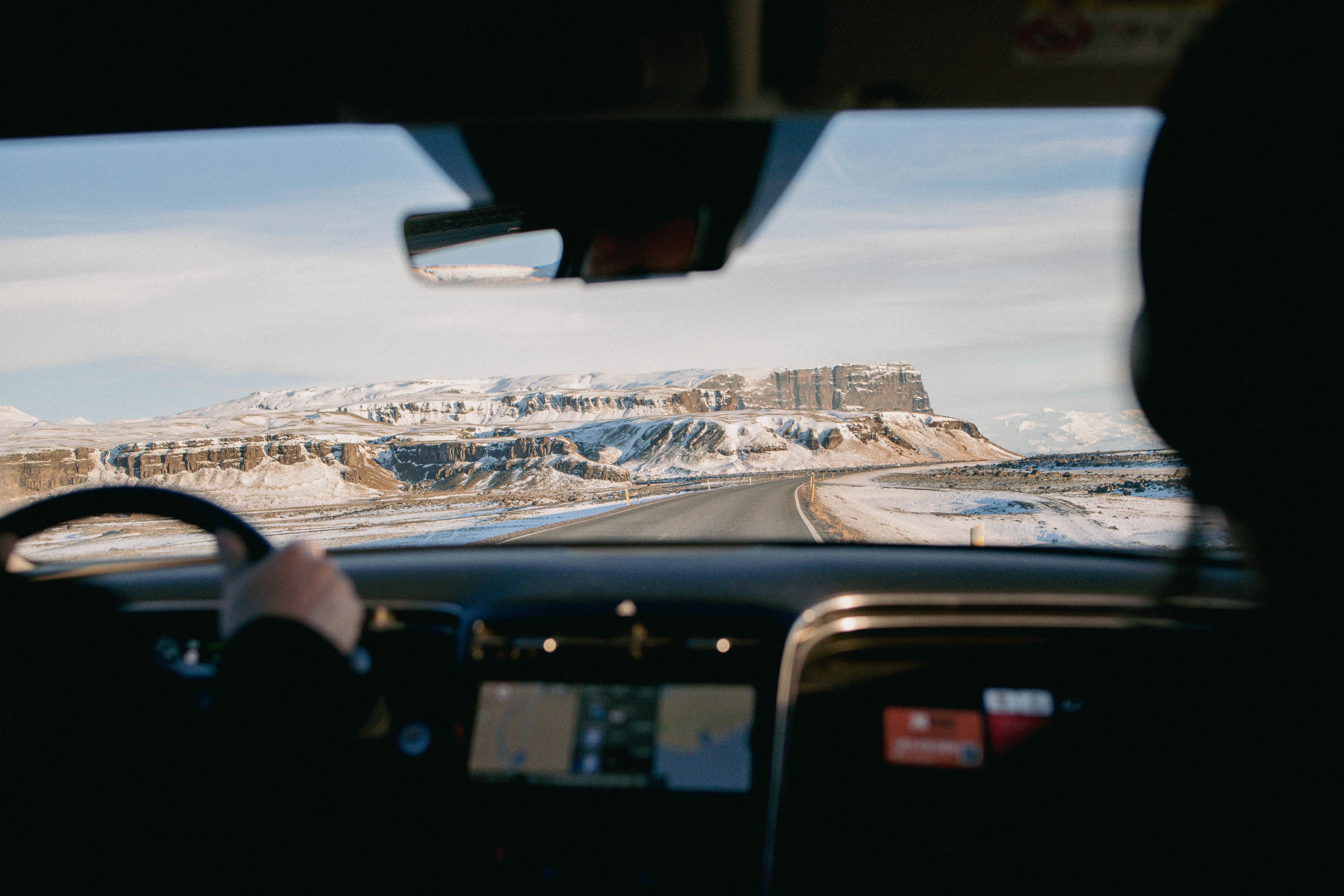
Weather App
First, make sure you have a weather app downloaded and set your location to “Current”. That way the app will move with you as you travel the country. Turn on notifications and alerts too. This will send a push notification to your phone if rain, snow, high wind, or anything is projected in the forecast.
Veður is the top weather app for Iceland, so make sure to download that before you go!
Currency Converter App
Figuring out currency when you are ordering at a restaurant or purchasing an item can be stressful. So why waste your brain cells trying to figure it out? Instead, download a currency app.
Download Currency Converter Plus for an easy-to-use app. It works well with both Android and iOS and shows real-time and cached exchange rates for 170 currencies, bitcoin, and precious metals like gold and platinum.
One of the reasons it is so popular is because of how easy it is to use. Just simply click your currency and the country you are visiting and it will do the math for you.
Aurora Tracking App
Viewing the Northern Lights is a bucket list for many when visiting Iceland. But it is hard to know if and when the lights will appear. Should you spend your night waiting or catch a solid eight hours of rest? It is a hard decision to make.
HelloAurora can make your life a little bit easier. The app lets you know where the lights are going to be most visible in the country and what the percentage of seeing them is.
That way, all you have to do is download the app to make the right call. You can even set up notifications and Hello Aurora will alert you if the Aurora starts to become stronger.
3. Get Ready For A Road Trip
If you are planning to drive on Ring Road, The Golden Circle, or the Diamond Circle, get ready for days of road-tripping. These routes have become a staple for Iceland and have been driven by many. The best way you can prepare for them is to get ready for a road trip!
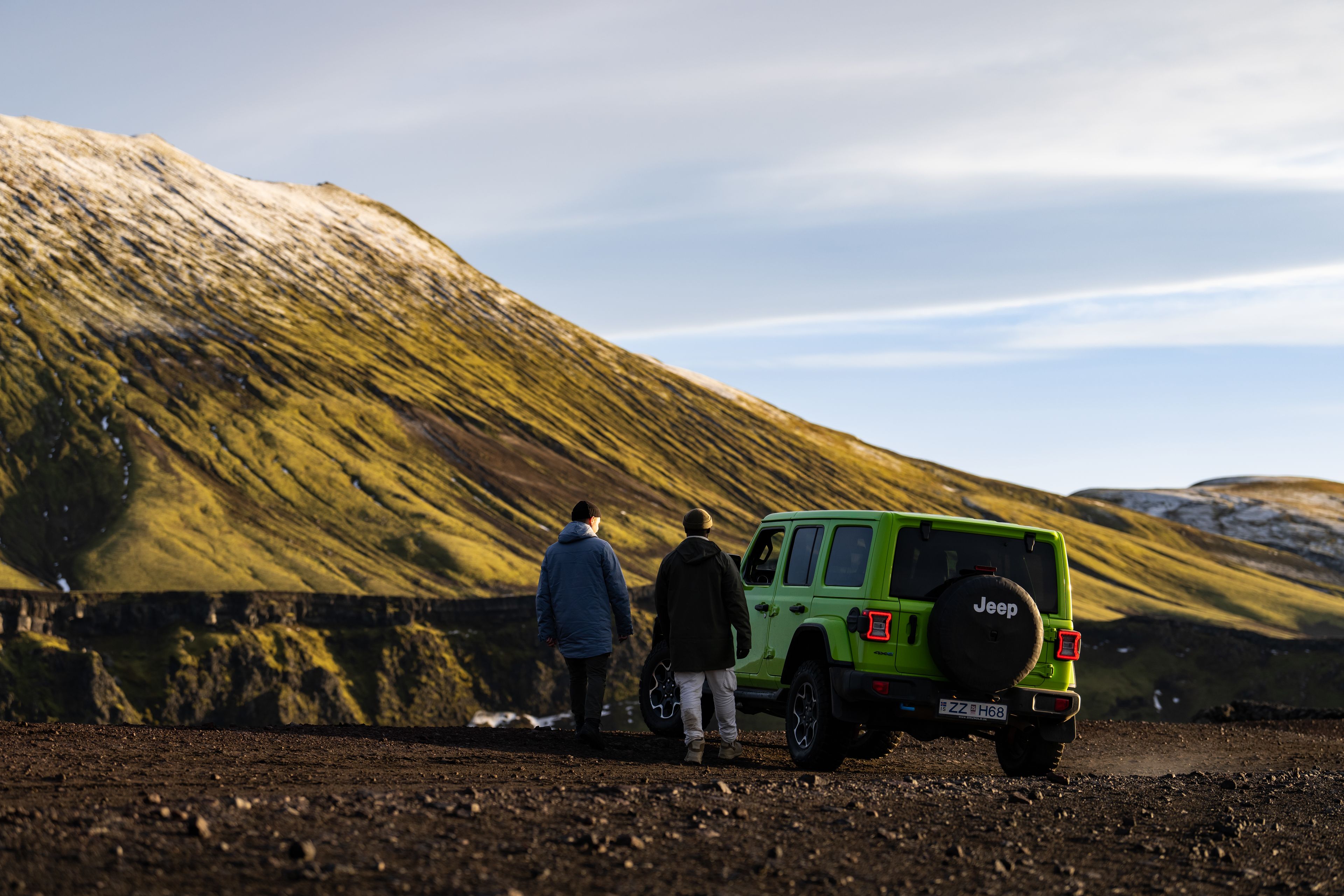
Pack Your Snacks
Some helpful tips are to pack your snacks before you travel. That is right you can save money and time by filling your suitcase up with all of your favorite road trip snacks. Energy bars, chips, and nuts are just some easy snacks to bring that will keep you full during your travels.
If you want to try some of Iceland’s snacks then stop by a gas station, such as N1. They will have a variety of snacks that you may not have seen in your country. This can include a bag of fried fish or the famous Phyllus, Iceland’s delicious hot dog.
Car Charger
Bring a Car Charge from home if you plan to drive longer hours. There is nothing worse than having your phone almost die when you are using it for navigation and GPS purposes. Leaving it on the charger while driving can keep you safe and prepared.
You can also bring an extra USB cord with you as some vehicles allow you to plug that in so you can listen to music along your journey. Buying either in another country can be expensive, so just add it to your road trip list prior to flying to Iceland!
Towel & Swimsuit
You should also bring a towel with you and a swimsuit, even if you are visiting in winter. These items are great to have in your rental car in case you want to stop at a natural hot spring. There are so many hot springs located around Iceland.
Some hot springs are located in remote areas of the country, while others are located near hubs, such as Reykjavik. You may also see swimming pools along your route, which is a great way to cool off after a day in the sun.
4. Rent A Car
Once your itinerary is ready and you know how many days you need, it is time to rent a car. There are plenty of options for you to choose from when renting a car at Go Car Rental.
First, you should review your itinerary so you know which car suits the locations you plan on visiting. If F-Roads are on our list, rent a 4x4 vehicle since it is illegal to drive on them otherwise.
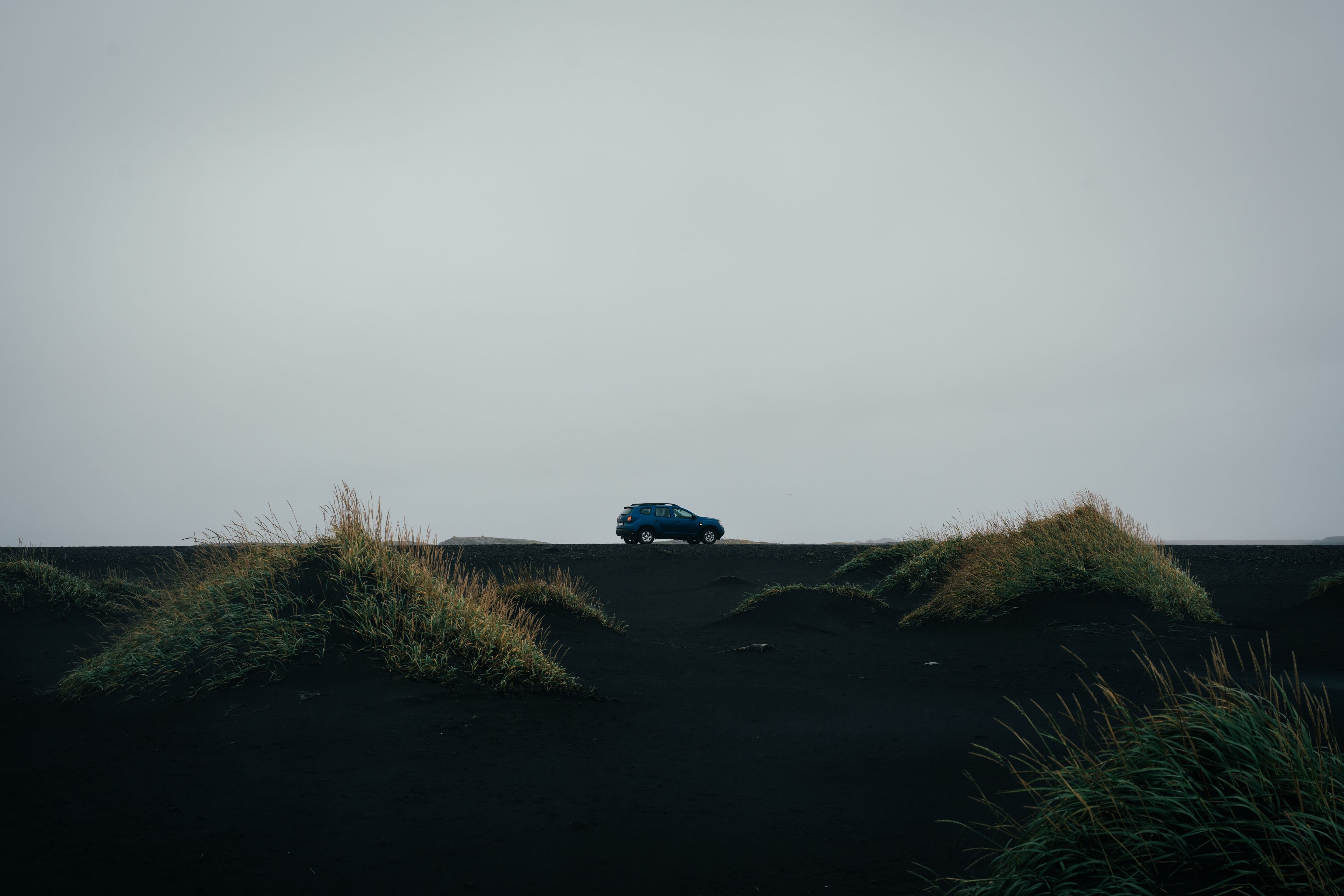
Once you decide, get your car booked in advance. Booking in advance can sometimes provide cheaper rates and ensure you have a vehicle when your plane lands. If you are traveling during summer or a popular holiday, book as far out as possible in case the rental cars sell out.
4X4
One of the biggest perks of renting a 4X4 car is the opportunity to drive Iceland’s F-Roads. An F-Road is a mountain road that has rugged terrain. You can expect dirt or gravel tracks when driving on them.
The “F” in F-Road comes from the word FJall, which means mountain in Icelandic, so you can expect to be driving on mountain roads. F-roads are usually open during the summer months only. When the snow begins to fall, most of the roads become inaccessible.
2WD
If you are planning on staying near Reykjavik, you could rent a 2WD vehicle instead. These vehicles are great for getting around the city or driving to the Blue Lagoon. If you plan on doing tours that pick you up from the hotel, a 2WD would work well for you. If you are not planning on going on roads with rough terrain, a 2WD should be fine for you!
Confused about which vehicle to get? Reach out to a specialist at Go Car Rental for a detailed explanation of what car is best for your journey!
5. Use Your Credit Card
Credit cards are a normal form of payment used when visiting Iceland. It is known to be both safe and convenient for tourists and usually offers good exchange rates. It is advised to contact your credit card provider prior to traveling, that way you can research which card offers the best transaction fee rates. Most banks in the United States and other countries, charge a 1% to 3% “foreign transaction fee” on all charges that take place abroad.
You will also need a PIN to withdraw cash advances on your credit card. You will not usually need a PIN for most credit card purchases. However, you will see this at gas pumps.
Most places in Iceland accept credit cards, so you can use them for most of your trip. Some of the most common cards are Visa and MasterCard. Lesser known brands include American Express and Diner’s Club. Electron, Maestro, and EDC debit cards are sometimes taken at retail stores.
6. Exchange Your Currency At The Airport
In contrast to the above, you may want to have some cash on you if you are visiting smaller villages and remote areas. I recommend exchanging your currency at the airport upon departure or arrival to Iceland. You can do this by finding the Currency Exchange booth.
Arion Bank provides currency exchange at its service points in the arrival and departure hall at Keflavik Airport. They also have 14 cash machines or ATMs, located in the terminal. There are eight in the departure lounge too, where you can withdraw non-Icelandic currency, and six in the arrival hall, where you can withdraw Icelandic krónur. You can exchange your money at the Landsbankinn bank too at the airport on arrival and departure.
All banks can exchange currency and most hotels offer this as well. The bank will have the cheapest option for you to exchange your currency though. Hotels tend to charge an additional fee, so try to avoid that whenever you can. You can commonly find ATMs or Hraðbanki in Icelandic, throughout Iceland. Especially in hubs such as Reykjavik and Akureyri. They are normally located within a bank just like they are in America. Note that most of them are not 24 hours and will depend on the location.
It is best to exchange your money into ISK in Iceland, and re-exchange any surplus before you leave, as foreign banks may not deal in ISK.
7. Budget For Food
It is no secret that food is expensive in Iceland. All of the ingredients are fresh, with most of the fish caught right off the coast. You pretty much get what you pay for when it comes to quality and taste. We want you to have the best vacation ever from outdoor activities to delicious dining. This is why we recommend budgeting for food in advance.
List Your Must-Try Restaurants
Make a list of your must-try restaurants and put together a price point on those. That way you can save in advance rather than throwing everything on your credit card. This is a great trick to avoid any sticker shock when a bill comes at the end of the night!
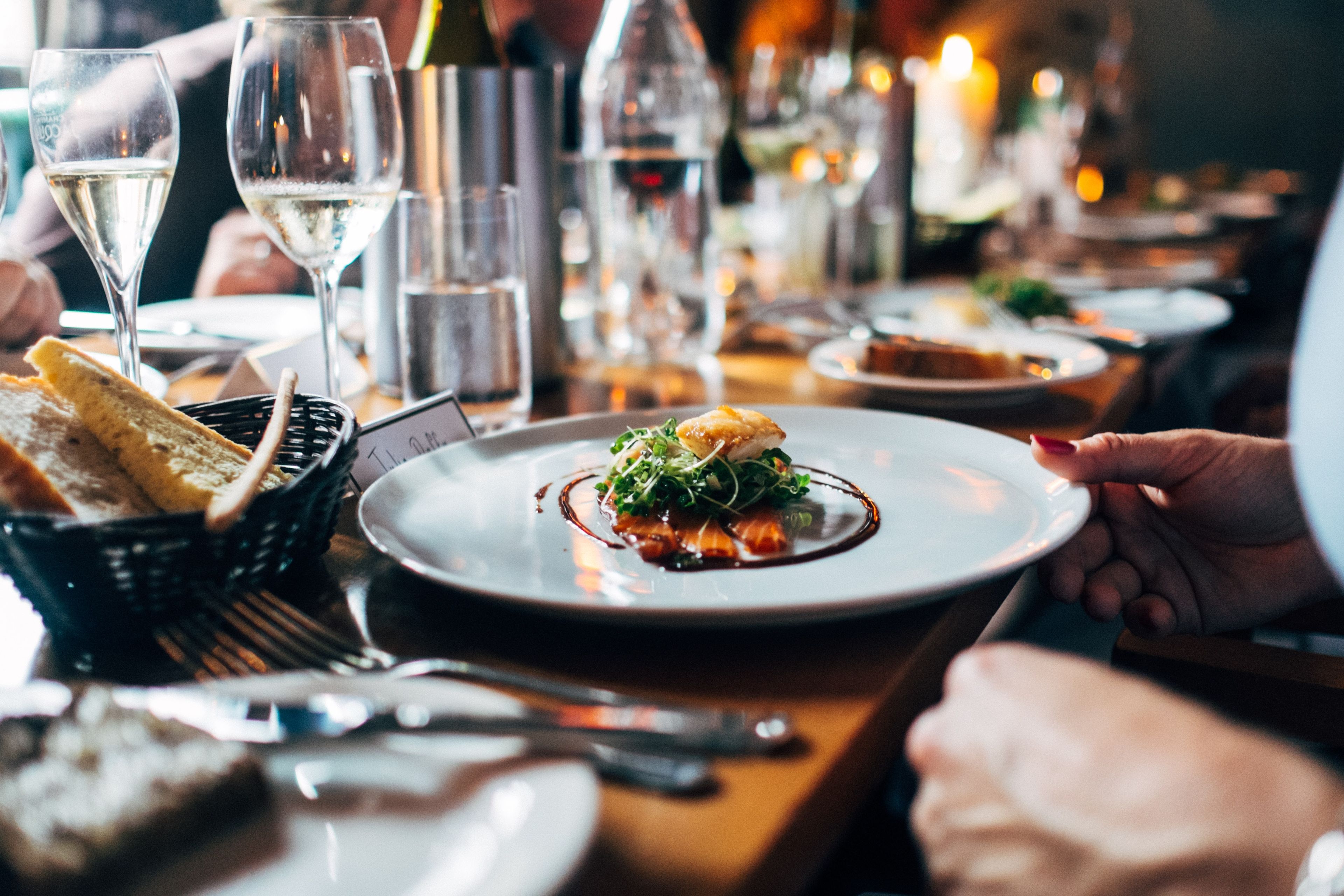
You can check out some of our favorite restaurants located throughout the country. Vegan? Iceland has plenty of mouth-watering Vegan restaurants just waiting for you to dine at!
Eat Cheap (When You Can)
You can also eat cheap a few nights of the week so you can then splurge on a big dinner. Iceland has a vast dining scene that many do not even know about. You could dine at the famous Michelin Star restaurant Dill, which allows you to try a tasting menu and even add a wine pairing.
Then the next night, you could plan on renting a property with a kitchen and prepare some meals yourself. You will find food trucks that have cheaper options too during your road trip. Either way, budgeting in advance makes your meals more enjoyable when your vacation starts.
8. Make Reservations In Advance
Now that you have your favorite restaurants picked out, make a reservation in advance. You would be surprised how far out fine dining restaurants book up. So making the reservation far in advance will be a stress reliever for you. Most restaurants will have a booking button right on their website for you to schedule. If you don’t see one, just give them a call!
This also goes for Tours. If you are planning to book a tour to Iceland’s South Coast or whale watching off of the harbor in Reykjavik, book in advance. Popular websites such as Viator have plenty of tour options for you to take advantage of. You can also check out the local Wake Up Reykjavik, a tour operator that provides exhilarating yet fun tours all around Iceland.
If you are a foodie you have to try their food tour! The Reykjavik Food Tour takes you through the old town of Reykjavík with a fun local guide. You will be able to learn all about the food scene and culture of Iceland on this tasty walk around the city. During your tour, you get to try up to 10 different Icelandic dishes, yum!
9. Tipping Etiquette
Tipping can be an awkward question to ask when visiting another country. Some countries find tipping necessary, such as the United States, while others find it rude, such as Japan. Do you tip in Iceland?
Tipping isn't mandatory or customary in Iceland because the standard rate of tax on Icelandic products is 24%. Some products and services such as food and accommodation are taxed at a reduced rate of 11%. Hotels, restaurants, and cafes already include a service fee and consumption taxes also known as VAT on your bill. When you see this, it means tipping additionally is not necessary.
Restaurants Workers & Hotel Staff
If you have outstanding service from a waiter, driver, or even a staff member at a property, a tip is a great way to show your appreciation. This is also why we recommended having some cash, in case you find yourself in a situation to tip.
Tour Guides
If you are taking tours throughout the country, whether it's whale watching or snowmobiling, you should always tip your guide. Even if the tip is included, it is a nice way to say thank you for your time while also keeping you safe. Iceland is heavily built off of tourism and most Icelanders are passionate about their work. If someone goes the extra mile, definitely let them know.
10. Pack For Every Season
Iceland’s weather can be all over the place, which is why we are recommending packing for every season. Even if you are planning a visit in summer, bring a coat with you. If you travel to a mountainous region the temperature could significantly drop. Bringing a raincoat is always a good idea if you are exploring a waterfall or if a stray shower comes around. In winter there can be sunny days where you might even be relaxing in a T-shirt.
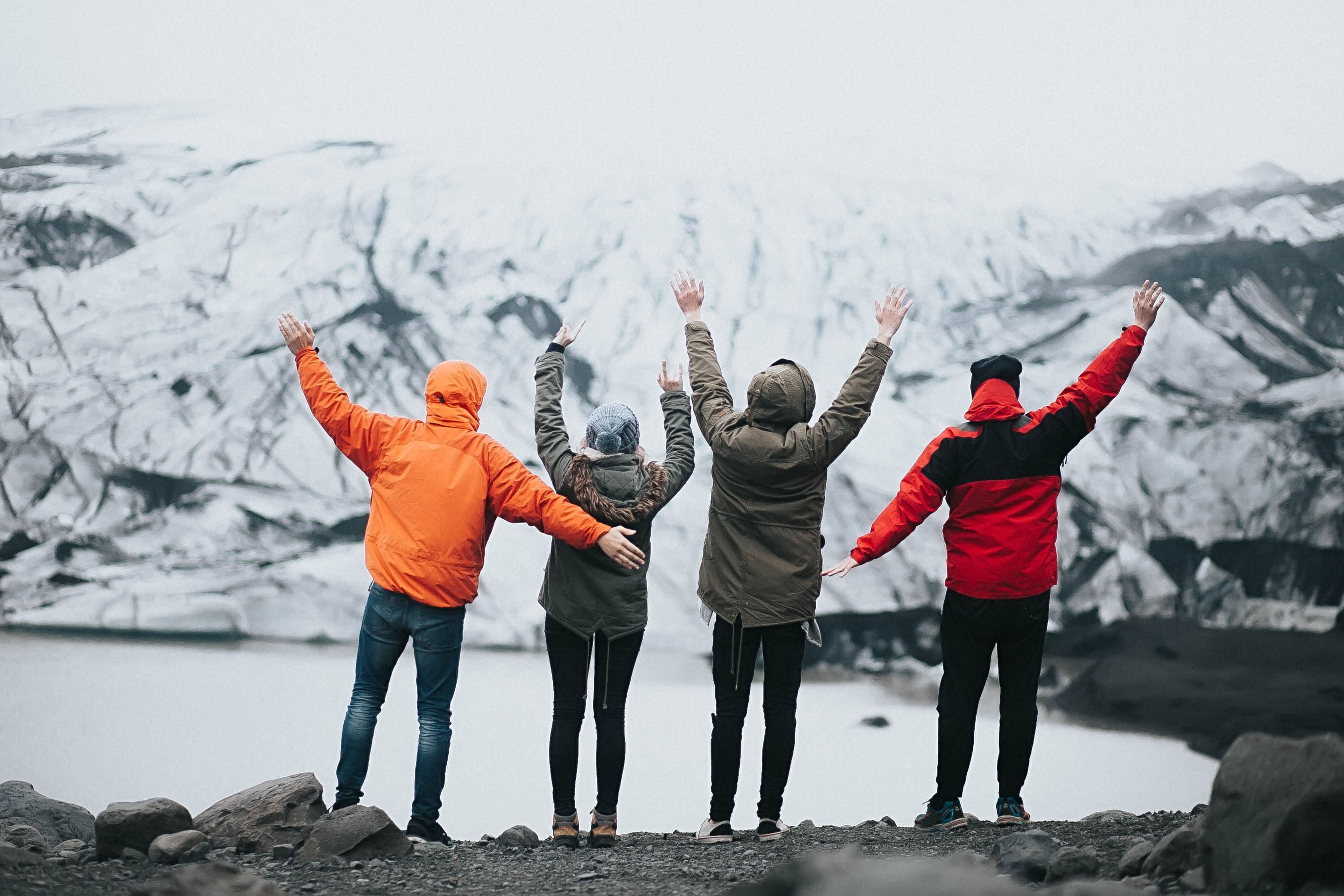
Anything is possible when visiting the land of fire and ice! Here is what you can expect per season, but also expect the unexpected!
Summer
The average temperature in Iceland during Summer is between 50°F and 59°F. It can get as warm as 77°F in some parts of the country, which can be a real treat. At night, the lows can drop well into the 40s. July is the warmest month of summer, with an average of 59°F. August sits at an average of 55°F, an ideal temperature for exploring outdoors.
While summer is not the rainy season in Iceland, some passing showers can be common. So make sure to pack for summer accordingly.
Fall
September is a bit colder than August, with an average of 46°F. The highest temperature Iceland ever saw during September was 65°F, so it is possible for it to be a bit warmer. When October hits, things change a bit. The temperature drops about 10°F, resulting in an average high of 45°F. It is also the wettest month in Iceland, so don’t forget that rain jacket! As we enter November the temperature gets pretty chilly, with an average high of 40°F.
Winter
The average temperature during the winter months is 30°F. January is the coldest month during the season, with an average high of 36°F and a low of 28°F. It is also the darkest season. With the daylight hours only being from 11:00 AM to 3:00 PM at one point, a total of four hours.
Spring
March and April have average high temperatures of 37°F and 31°F for the lows. Once May hits, things start to warm up with an average high of 53°F. May is actually considered to be one of the best months to visit Iceland. This is when the flowers bloom and nature starts coming back to life. It is also the month that has some of the lowest precipitation. Light rain is possible, but snow should be out of the picture by then.
As you can tell, Iceland is a very easy country to navigate and these tips should make it even easier! So what are you waiting for? Start planning your trip to Iceland today!
Latest Blog Posts
 Canyons
CanyonsMúlagljúfur Canyon: A Secret in South Iceland Waiting to Be Explored
Iceland is a country packed with amazing natural monuments. They can be found in every corner of the country, but certain regions are especially full of these wonders. And, without a doubt, South Iceland has a lot to see and do. Many of the most famous national landmarks are located in this part of the Island, and some are well-known worldwide. However, there are still a few places that not many people, apart from the locals, know and that don’t usually appear on travel guides. If you’re looking for one, then you’re in luck. Múlagljúfur Canyon sits here, a stunning escape for travelers ready to explore beyond the usual stops. This rugged gorge, with its waterfalls crashing down mossy cliffs, showcases the rawest side of Iceland like few others. Away from the busy tourist trails, it offers crisp air, dramatic views, and a peaceful vibe that’s hard to resist. If you’re up for a hike and eager to uncover a lesser-known gem, Múlagljúfur is calling your name.
 Wildlife
WildlifeDiscover the Wings of Iceland: A Birdwatching Guide
Iceland is a country primarily known for its variety of landscapes. Here, the powerful forces of nature have created an astonishingly high number of natural monuments that often leave visitors speechless. For that reason, in recent years, many adventurers have chosen this island in the middle of the Atlantic Ocean as a destination. But the attractions this Nordic gem has don’t end there. There are many other reasons to discover what Iceland has waiting for you, such as a fascinating culture and great wildlife. And in the latter, Iceland is a prime place for bird watching. This island is a sanctuary for a large number of species that nest, migrate, or live here year-round. With so many different habitats present in the country, Iceland offers unparalleled birdwatching opportunities. Come with us and learn what the most sought-after birds are and where to find them.
 Places to Visit
Places to VisitGrótta Lighthouse: A Magical Place Near Reykjavik
Iceland has plenty of cool spots to visit, but some of the best ones fly under the radar. Grótta Lighthouse is one of these hidden gems – a charming lighthouse on a tiny tidal island with amazing views, lots of birds, and one of the best places near Reykjavík to see the Northern Lights. Unlike the busy tourist hotspots, Grótta lets you experience Iceland's raw nature just minutes from the capital. Here's the catch: You can only reach it at low tide, which makes getting there part of the adventure. Let's look at everything you need to know to plan a great visit to this coastal treasure.
